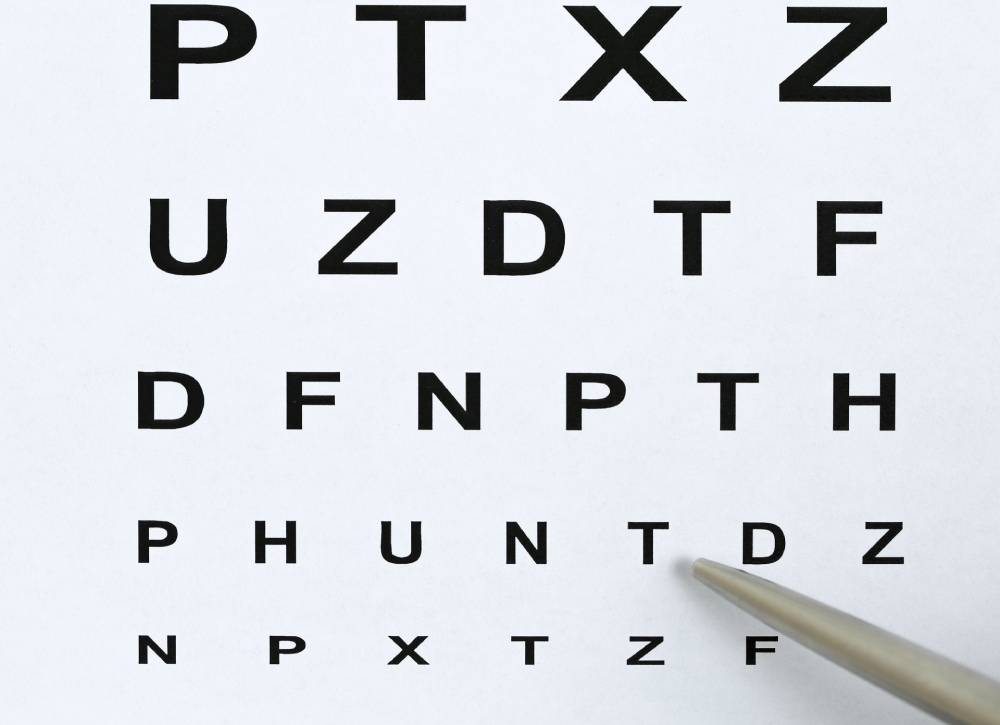What Is Tunnel Vision?
Tunnel vision, also called peripheral vision loss, is a result of the loss of peripheral sight or side vision. A person with peripheral vision loss can only see what is directly in front of them. This can occur due to conditions that affect the eye or other health conditions.
Loss of peripheral vision can create obstacles in your daily life, often impacting your overall orientation, how you get around and how well you see at night.
However, what may cause peripheral vision problems? In the following part, we will show you the causes of the loss of peripheral vision.
What Causes the Loss of Peripheral Vision Loss?
In this section, we will show you the reasons for peripheral vision loss.
A common cause of loss of peripheral vision is optic nerve damage from glaucoma. Eye strokes that block normal blood flow to the eye’s internal structures, including the optic nerve, also can lead to loss of peripheral vision. In addition, a stroke or injury may also damage portions of the brain where images are processed, leading to blind sport in the visual field.
Of course, apart from the above reasons, peripheral vision loss can also be caused by the following reasons: glaucoma, retinitis pigmentosa, eye strokes or occlusions, detached retina, brain damage from stroke, neurological damage such as from optic neuritis, compressed optic nerve head, concussions, and so on.
So, if you have suffered peripheral vision loss, you can check the above reasons. However, you may ask how to treat the loss of peripheral vision.
How to Treat the Loss of Peripheral Vision?
If you do not know how to treat peripheral vision problems, keep on your reading and you will find some advice here.
To correct peripheral vision, unfortunately, there are no easy options such as traditional eyeglasses or contact lenses that can correct permanent loss of peripheral vision. However, a type of lens known as prism lens can be added to your eyeglasses prescription to expand your field of view if you have certain types of peripheral vision loss.
If you have glaucoma, the best treatment for tunnel vision is prevention. If eye drops are prescribed, you absolutely must take your glaucoma medication regularly to control high eye pressure or you risk permanent optic nerve damage and development of a blind spot in your visual field.
If the peripheral vision loss is caused by retinitis pigmentosa, there is no treatment for this condition. But you can take vitamin A to slow the loss of peripheral vision.
If the peripheral vision loss is caused by scotoma, you can consider adding bright lights to the room and magnifying your screen or printed reading materials to help you to see better.
If the peripheral vision problem is caused by migraine, you can consider using a combination of medications to use during a migraine attack and to prevent them. Your eye doctor may also recommend certain lifestyle modifications to prevent their onset.
As for how to treat the loss of peripheral vision, you can ask an eye doctor for some advice.
To sum up, this post from Koalaeye Optical has shown the causes of loss of peripheral vision. If you have any different ideas for peripheral vision loss, you can share them in the comment zone. If you have any problems with glasses or sunglasses, you can contact us via the email service@koalaeye.com and we will reply to you as soon as possible.





































